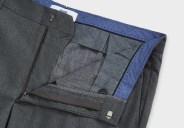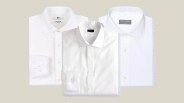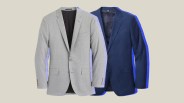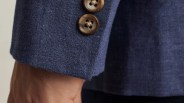Aviator sunglasses have seen countless iterations over the years but one detail remain consistent: dark green lenses. As you might guess, the color isn’t just cosmetic. But before we get into that, let’s go to the beginning of aviator sunglasses themselves.
The history of aviators
The aviator sunglasses we’re familiar with today were first developed in the 1930s by a company called Bausch & Lomb. Prior to this, pilots wore goggles to protect their eyes in the air, where high altitudes introduced several optical dangers.
Aside from the glaring sun, sub-zero temperatures also posed a threat. Tinted goggles were meant to protect pilots from both. But temperature differences between the air within the goggles and outside them often caused the lenses to fog up, obscuring the pilot’s view.
Green lenses tend to reduce glare while also improving sharpness and contrast.
The problem would be exacerbated if a pilot decided to doff their goggles and expose themselves to the blinding sun or the extreme cold.
Such was the case with pilot Shorty Schroeder whose eyeballs froze just minutes after he took off his goggles during a record-breaking 33,000-foot high flight. Luckily, somehow, he was able to land the plane safely.
His friend, John Macready helped him out of the plane and would attempt to break his record just a month later — in the same plane, no less.







